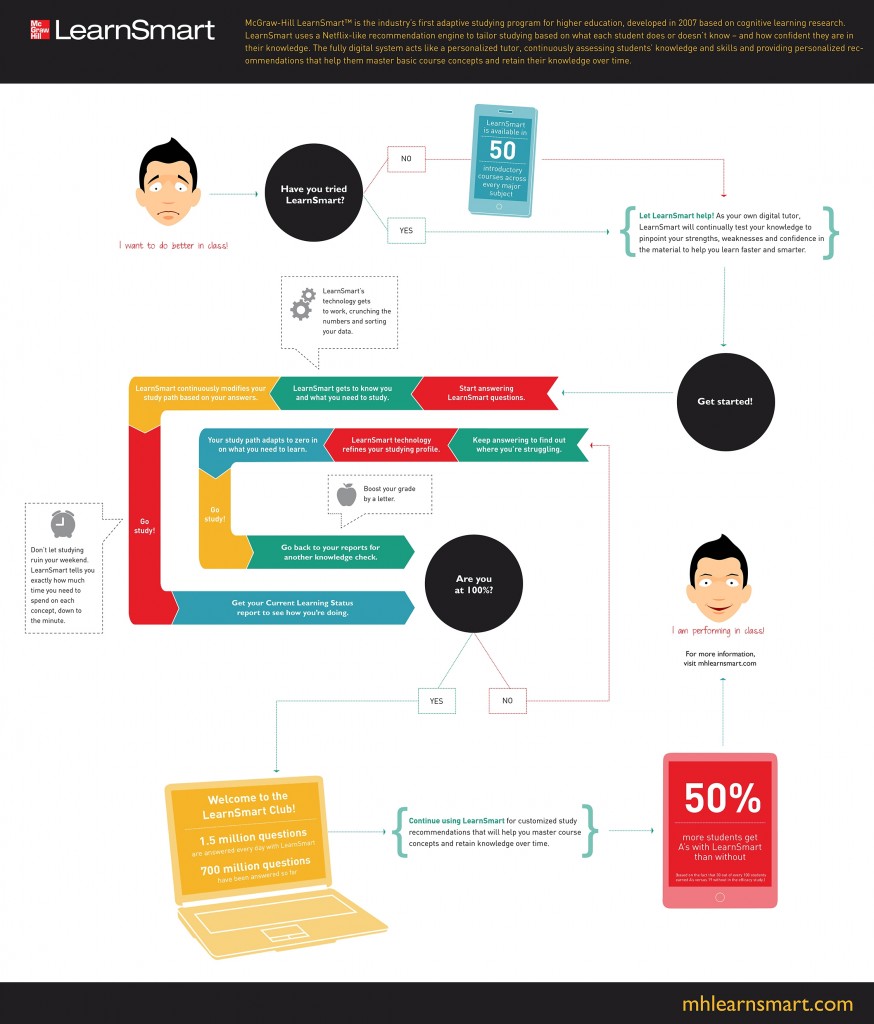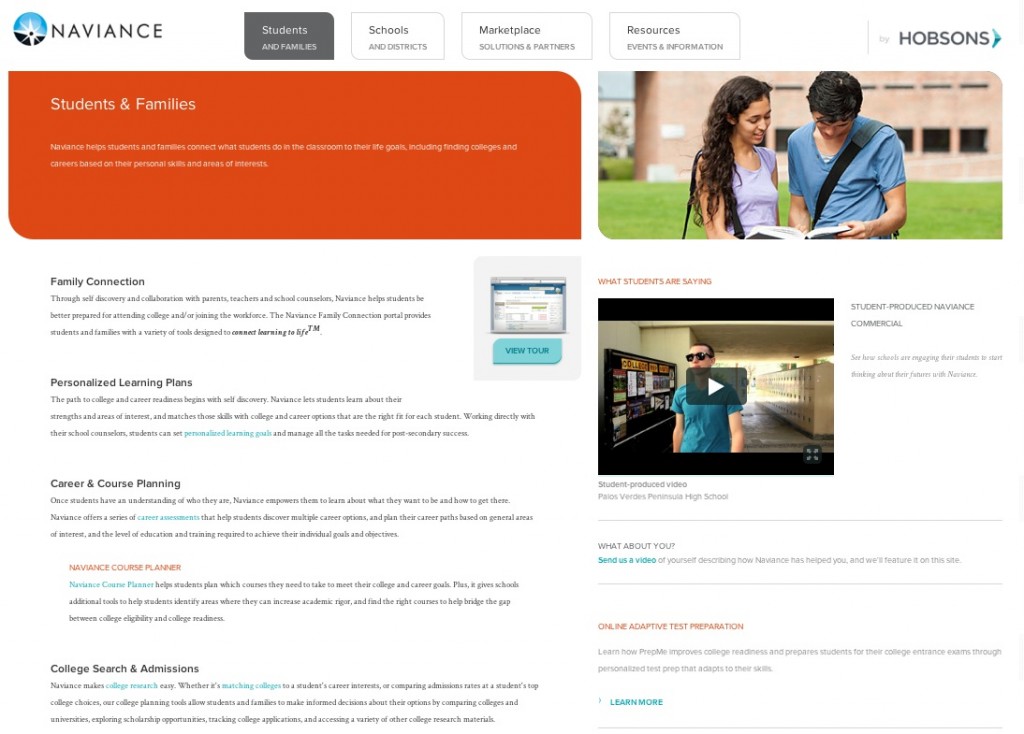Halloween–the time for jack-o-lanterns, kids (and adults) dressed up in costumes, trick or treating and all around good fun. The holiday got me thinking about the scary things parents do to their college-bound teens. Some of them simply embarrass them, others destroy their confidence, and the worst ones squash their dreams.
Here’s my list of the 10 scariest mistakes parents make with their college-bound teens. Have you make any of them?
- Constantly nagging them about deadlines–The last thing your student needs is for you to constantly nag them. Find other ways to remind them: wall calendars and text messages work much better than harping on them day in and day out.
- Forcing them to attend your alma mater–Not every student wants to attend their parent’s college. Be sensitive to the fact that they might want to forge their own path.
- Belittling their college choices–You might not think that culinary school is prestigious enough, or community college won’t give you bragging rights with your friends. But your student could be thinking logically and saving your thousands of dollars in the long run. After all, it’s their future–not yours.
- Speaking for them during interviews, tours and counseling sessions–Let your student have a voice. Colleges look poorly on those students who can’t speak for themselves. Learning to speak up and self-advocating is an important part of becoming an adult.
- Allowing them to attend a college that will put them in debt after graduation–Your student may want to attend an Ivy League college but if the money’s not there, don’t do it. Bragging rights aside, allowing your student to incur overwhelming debt to attend a high-priced college is just poor parental guidance.
- Keeping them close to home–Allow them to spread their wings and go away to college if they express an interest. You may want them to attend a school close by and live at home; but living in a dorm and leaving the nest helps them learn to make their own choices and become independent.
- Ignoring the signs of frustration–If you see your student faltering or becoming frustrated, give (or get) them some help. There is nothing wrong with coming alongside of them and helping them with the college application process, test prep or scholarship applications. If they are struggling in school, find a good tutor.
- Hovering over their every move–Helicopter parents are always around to swoop in when their teens are struggling. Don’t be so quick to intervene. Let them solve the problems on their own; teach them to live with consequences and reap the benefits of wise decisions.
- Talking and not listening–Take the time to listen to your teen; let them share their frustations, problems, hopes and dreams. Rather than asking questions and giving them the first degree, listen to them talk. You will be surprised how much you can learn about their lives from a simple conversation.
- Not allowing them to dream–Whatever your college-bound teen may want for their future, allow them to dream (and dream big). Don’t squash those dreams by telling them it’s impossible or improbable. They will never know what they are capable of until they try.
Some of these mistakes may appear to be obvious, others you might not have even considered. Your college-bound teen is moving toward the most exciting time of their lives and you can either be a hindrance or a loving encouragement.










